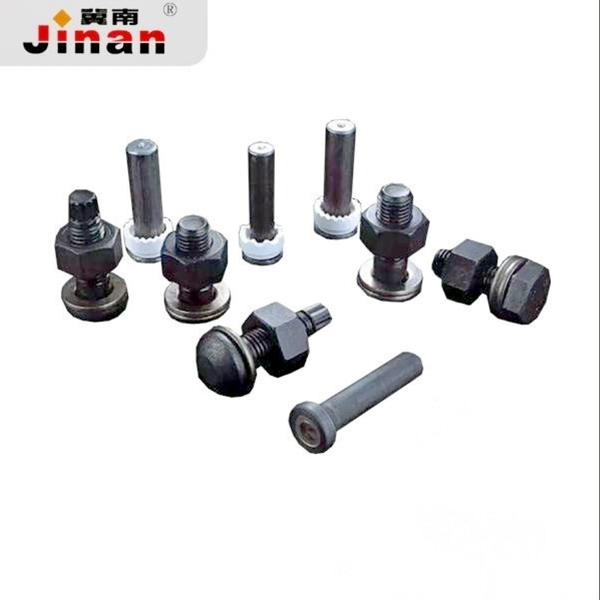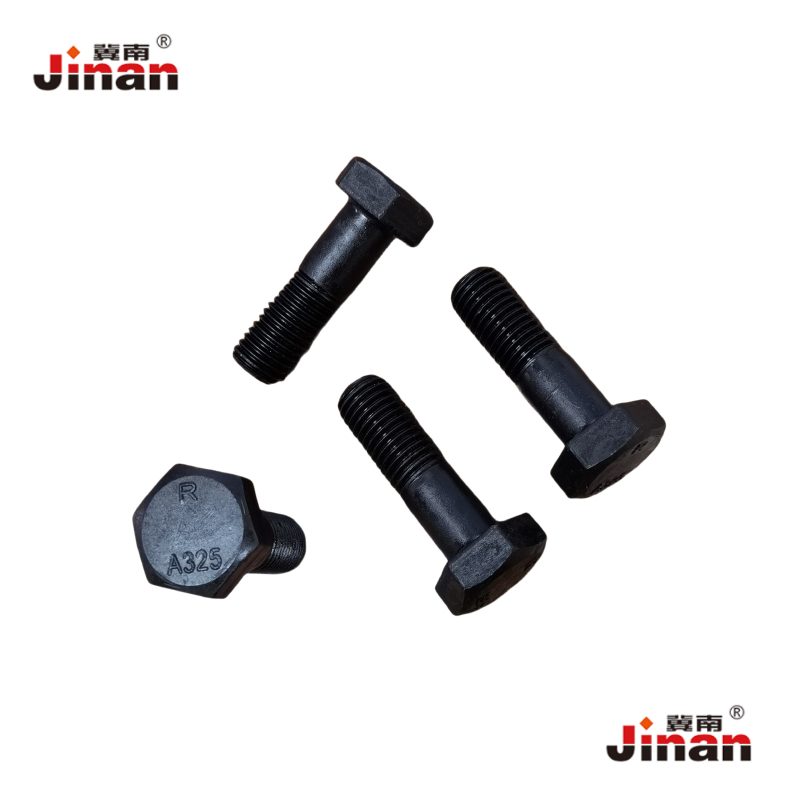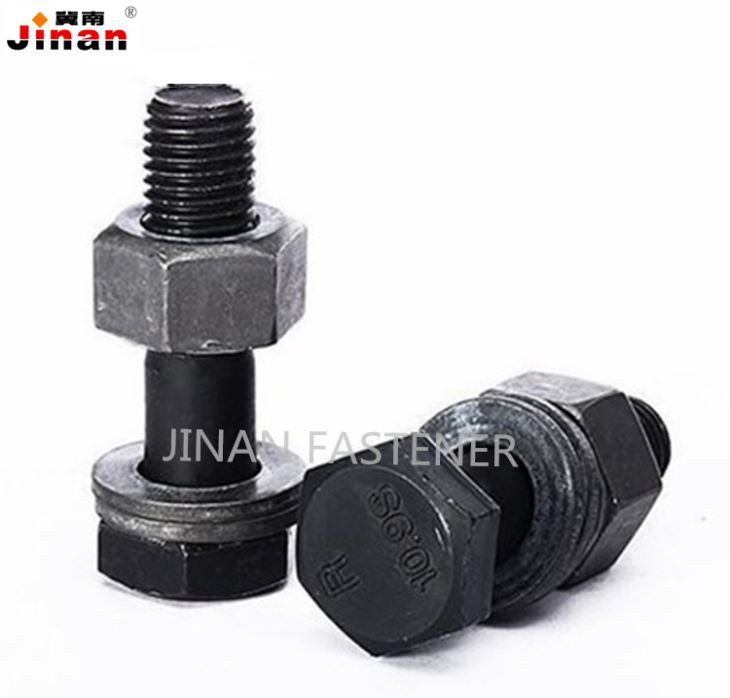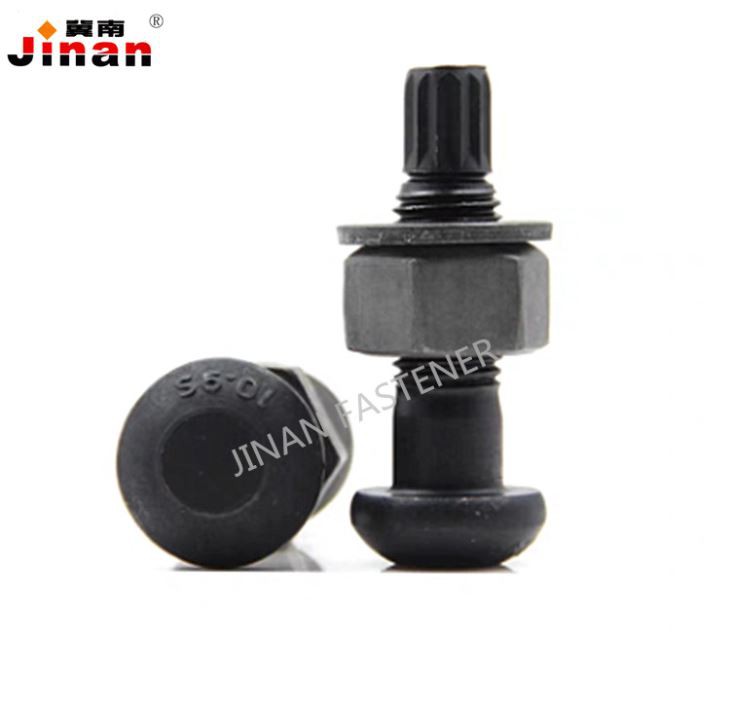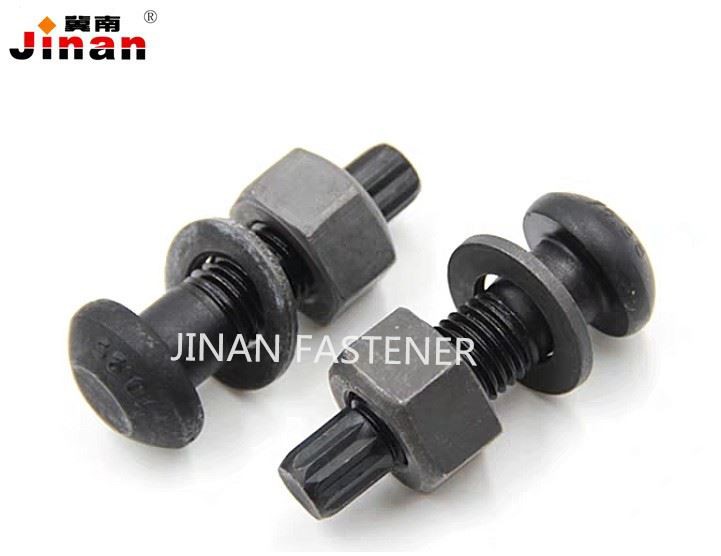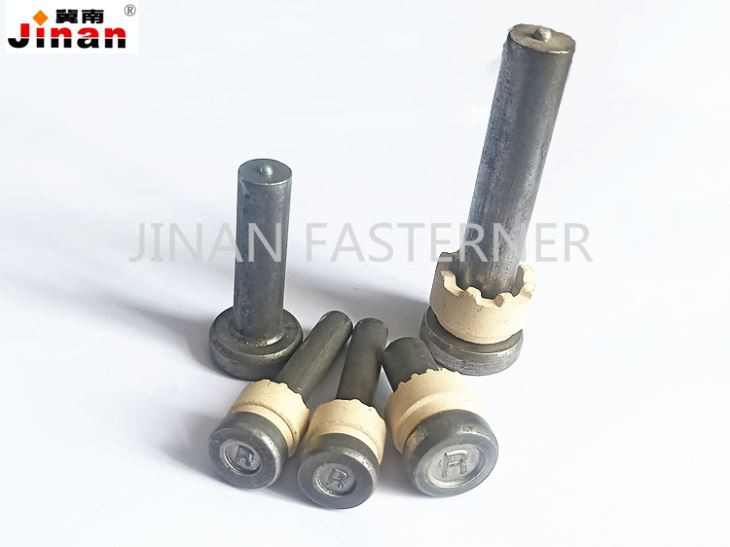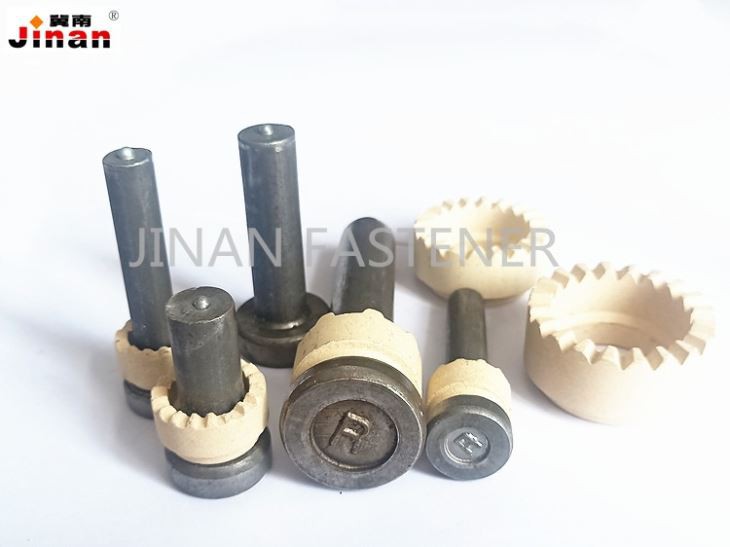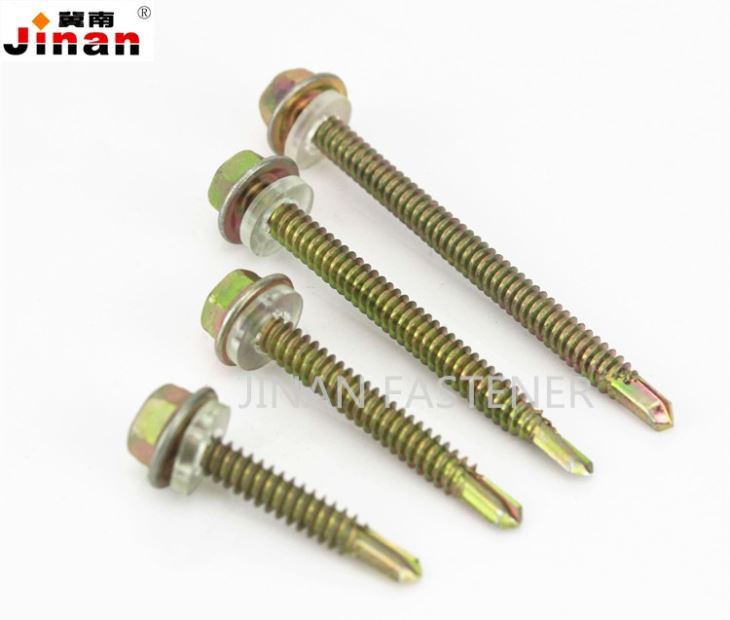News
How To Better Use Nut And Bolt
The nut and bolt design accommodates two fasteners or more objects together. This is achieved by passing the end of the bolt of the two objects and the bolt of the fixing nut. Realizing the coordinated use of bolts and nuts usually needs to be considered from the following aspects:
1. From the type of bolt used, how to insert the bolt into the object becomes complicated. Before installation, remove any obstacles inserted into the bolt holes. Check to ensure that the size of the bolt and the hole match. If the hole has threads, make sure that the bolts match and the threads of the bolts and holes are clean. If the bolt will be no more than a few turns into the hole, more threads may be the wrong size or damaged. In order to use bolts and nuts, the bolt must be longer than at least the width of the object joined by the nut.
2. The head of the bolt inserted through the object is fastened outward. If the hole is smooth, the bolt can be pushed through or hit hard. For threaded holes, insert the bolt into the end of the hole and turn the bolt clockwise until the head of the bolt is flush with the edge of the hole. The wrench may need to turn the bolt.
3. The nut at the end of the bolt opposite the head. While holding the bolt-on rotary head nut clockwise, apply gentle pressure to the bolt nut. Continue turning the nut until it is flush with the surface from which the bolt protrudes from the object. Up to two wrenches may need to complete this step depending on the amount of torque required to tighten the nut. The above content is provided by the general U-shaped wire manufacturer.

